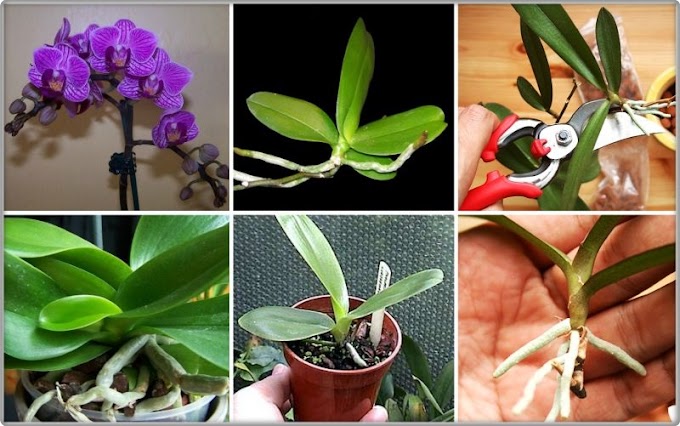Jungle Cacti are a group of cacti that grow in rain forests. Unlike their desert relatives, these plants do not resemble one another and many do not have spines. Jungle Cacti include those species in genera such as Acanthocereus, Disocactus, Epiphyllum, Hatiora, Hylocereus, Lepismium, Rhipsalis, Schlumbergera, Selenicereus, and perhaps a few others. Almost everyone has seen at least one representative from this group even if they were unaware that the plant was actually a cactus.
The most common of these are the Holiday Cacti: Easter Cactus (Hatiora gaertneri), Thanksgiving Cactus (Schlumbergera truncata) and Christmas Cactus (Schlumbergera x buckleyi).
These plants are all true cacti despite their lack of big spines and inability to withstand the harsh conditions of the desert. Now when we associate “cactus” with one of these, it does not seem unusual that they would require different care when growing than the stereotypical image that comes to mind when we think about the family Cactaceae.
Soil
Most Jungle Cacti are either epiphytic or lithophytic meaning they grow in trees or grow on rocks respectively. This type of plant gets its nutrients from the air or from dead leaves and other debris that may have collected in crotches, cracks, or crevasses. It is important to note that there are no parasitic cacti. Those that grow in trees do so for support, but do not sap nutrients from their host. For best results we’ll want our soil to mimic these natural conditions.
Some good ingredients for creating a suitable potting mixture for Jungle Cacti include: orchid bark, pearlite, potting soil, peat, coir, pumice, and oak leaf mold. The most important aspect of the mixture is good drainage. The pearlite helps create this by keeping the soil loose and “airy” and so does the orchid bark. Additionally the orchid bark tends to hold more moisture than pearlite or gravel. Pumice can be substituted for the pearlite.
Keep in mind that the orchid bark will eventually break down into soil. This will create a very rich soil that may not be as effective in keeping the roots healthy. Repot your Jungle Cacti every 2 or three years with a fresh mix. The best time to do this is shortly after your plant has finished blooming. This is when it will be ready to start growing again. You might also add some fertilizer to the new mix.
Water
Well drained soil is critical for keeping the water from rotting the roots off the plant. With the proper soil, however, watering is really quite simple. The easiest way to gauge whether or not it’s time to water is to stick your finger in the top 0.5 inch (1.2 cm) of soil. If the soil is dry, go ahead and water. If it’s not, wait! Don’t let your Jungle Cactus go too long without water. If the stem segments are shriveled and the soil is dry, it is probably in need of water. Be careful! If the plant is over watered,the stems will also look shriveled, but the soil will be damp.
If this is the case, do not give it more water. An over-watered plant will start to turn yellowish, then get more and more mushy and dark reddish-brown like a rotten apple. This is because the cells took in so much water they broke and are now dead and rotting. This usually happens from the ends first. This will continue even after you stop watering too much, but often you will have enough plant left to start over.
Light
Jungle Cacti can survive in a wide range of light conditions. However, we’ll assume the goal is not to have plants simply surviving, but thriving. For the plants to thrive the amount and intensity of light are key ingredients.
There are three lighting situations that are not as ideal, but often times necessary due to space constraints. These are morning shade/full afternoon sun, full shade, and full sun.
Let’s explore these conditions further. It may seem that shade in the morning and full-sun in the afternoon should produce the same results as full morning sun/afternoon shade, but it doesn’t. This is because the temperature is cooler in the morning than the afternoon and for many plants the afternoon sun is a little too intense and plants will often take on a sickly-yellow appearance and may develop spots. In full-sun these symptoms will be even more apparent.
As with most things in nature there are exceptions and some plants actually prefer full-sun and thrive in it. In full shade the plants will don a dark-green healthy appearance, but the stems will be stretched out long and thin in an attempt to reach more light.
Not only is light essential for healthy stems, it also triggers blooming in many species. In ideal conditions a particular plant may exhibit fantastic growth with many show-quality stems, but they won’t bloom. In this situation exposing the plant to longer and more intense sunlight will trigger it to bloom. Don’t forget that plants can get sunburn just like people do. If you have a plant that has been mostly shaded, don’t just stick it out in direct sunlight or you will certainly end up with a badly scared cactus. This is even true for desert cacti that occur naturally in extremely hot, intense sunlight.
Source: cactiguide.com




